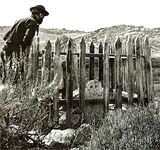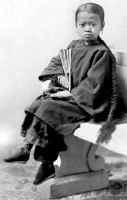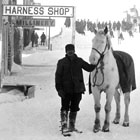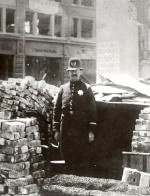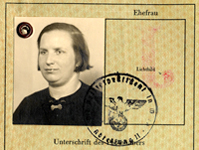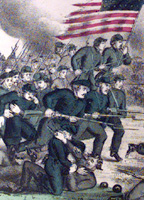The Kraus Collection of Sir Francis Drake

Sir Francis Drake, English explorer and naval strategist, made many voyages to the Americas in the late 16th century and circumnavigated the globe between 1577 and 1580. This collection of important primary and secondary materials about Drake's voyages in the Americas offers 60 items in various languages, including manuscripts, books, maps, medals, and portraits.
Assembled by Hans Peter Kraus, a 20th-century collector, the main presentation is Kraus's pictorial biography of Drake. The essay also features an extensive seven-part introduction by scholars David W. Waters and Dr. Richard Boulind. A timeline presents Drake's voyages with links to documents. "The Actors and Their Stage" highlights material on the key people in Drake's life, places from his voyages, and images of Drake's ship, the Golden Hind, and Armada battles.
